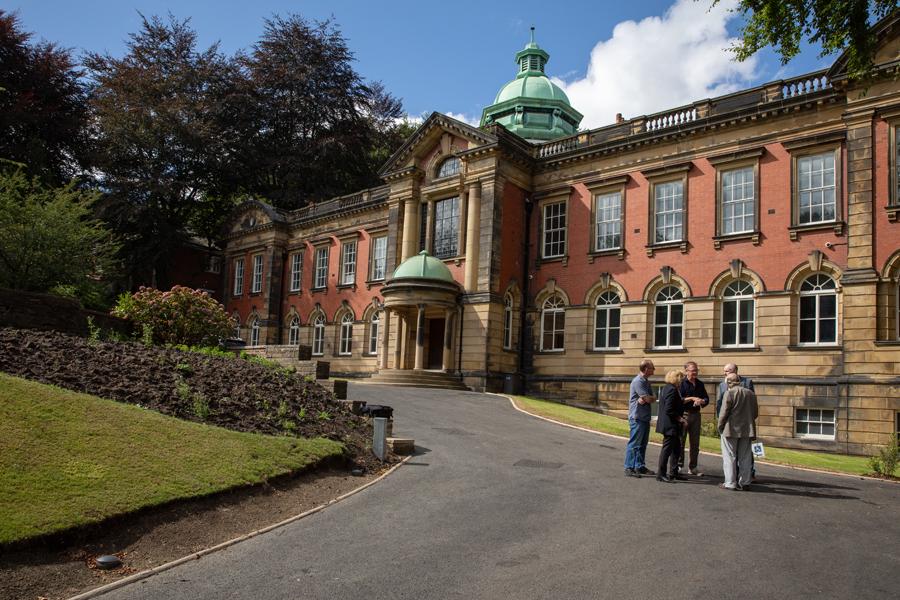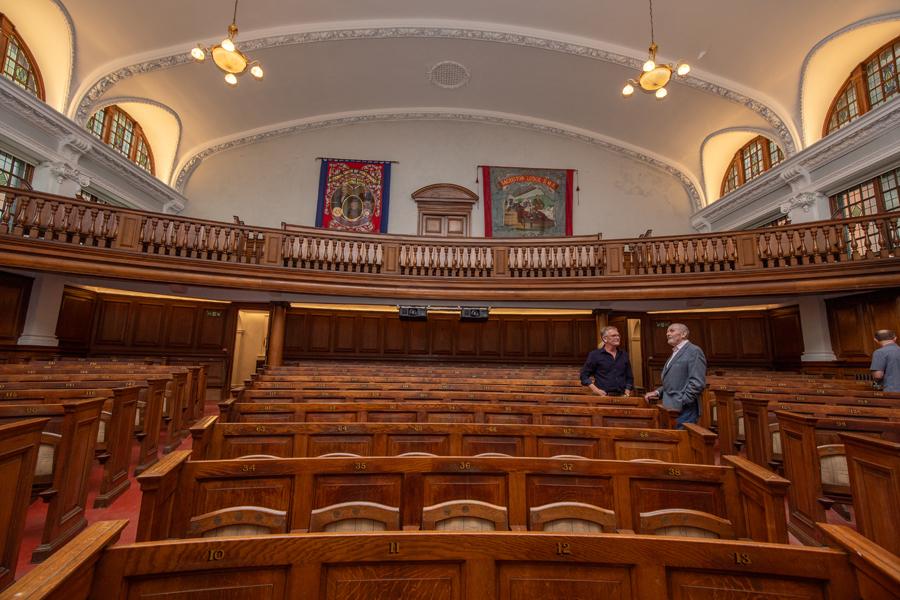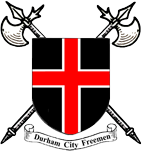
The transformation, which has breathed new life into the dilapidated Redhills building in Flass Street, was launched nearly a decade ago and has cost £12 million. It has now become a centre for education and, at the same time, honours the cultural heritage of the county’s coalfield.
The Durham Miners’ Association had offices in North Road before the switch to the Redhills in 1915, at that time representing three million pitmen and their families and going on to create a prototype welfare state.
The penny and halfpenny union subscriptions from colliers toiling below ground in hundreds of collieries large and small, were used to improve conditions above by building retirement bungalows, sports grounds and welfare halls with reading rooms and libraries.
One of the most striking elements of the restored complex is the Pitmen’s Parliament, a Grade II-listed forum where DMA coalfield delegates would gather.

The DMA returned Redhills to the people of the county in 2018 and a charity now runs it on their behalf.
The freemen’s donation will cover costs of a display board at the newly modernized main entrance, giving visitors an understanding of the sequence and depth of coal seams beneath Durham’s rolling hills and valleys - and the names by which they were known, among them Brass Thill, Busty, Five Quarter and Maudlin.

After a guided tour of the complex by members of the freemen’s charitable trust, chairman Eric Bulmer said: “Congratulations to those responsible for the thoughtful and sensible renovation of a building that is steeped in Durham’s industrial past and for providing a wonderful cultural asset for both our local and regional communities.”

